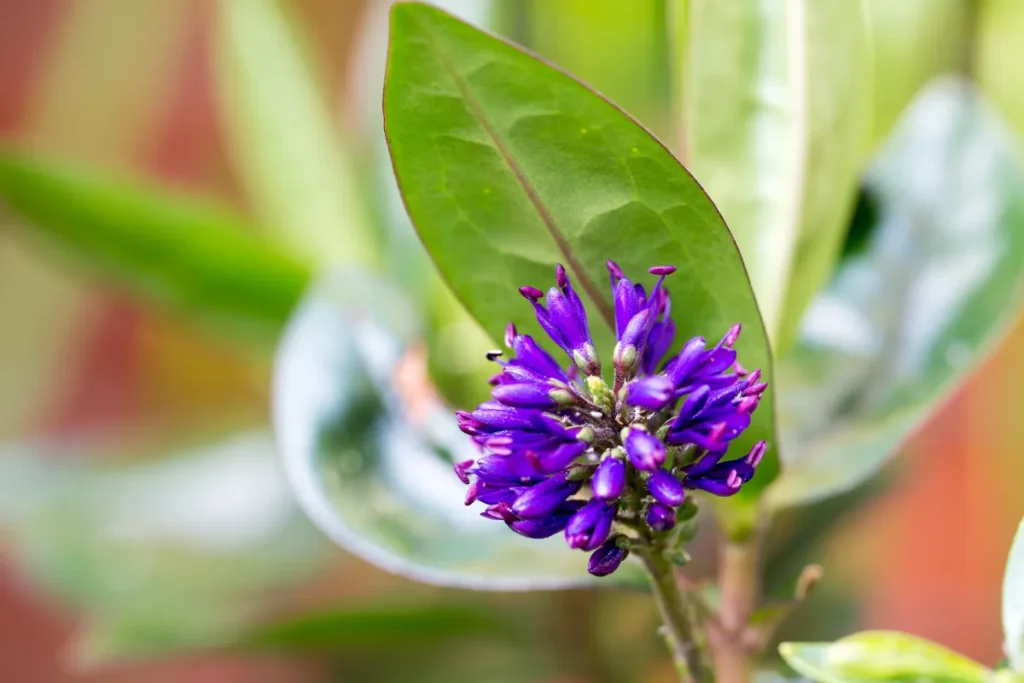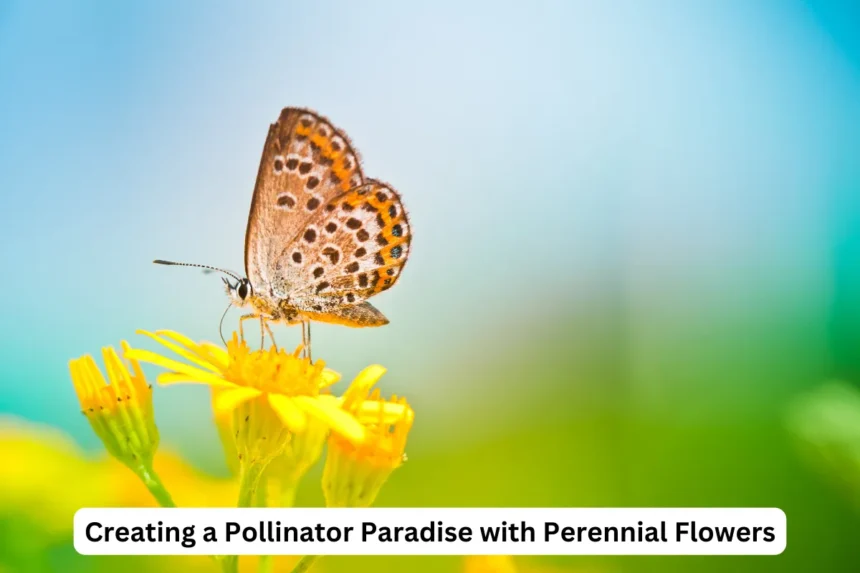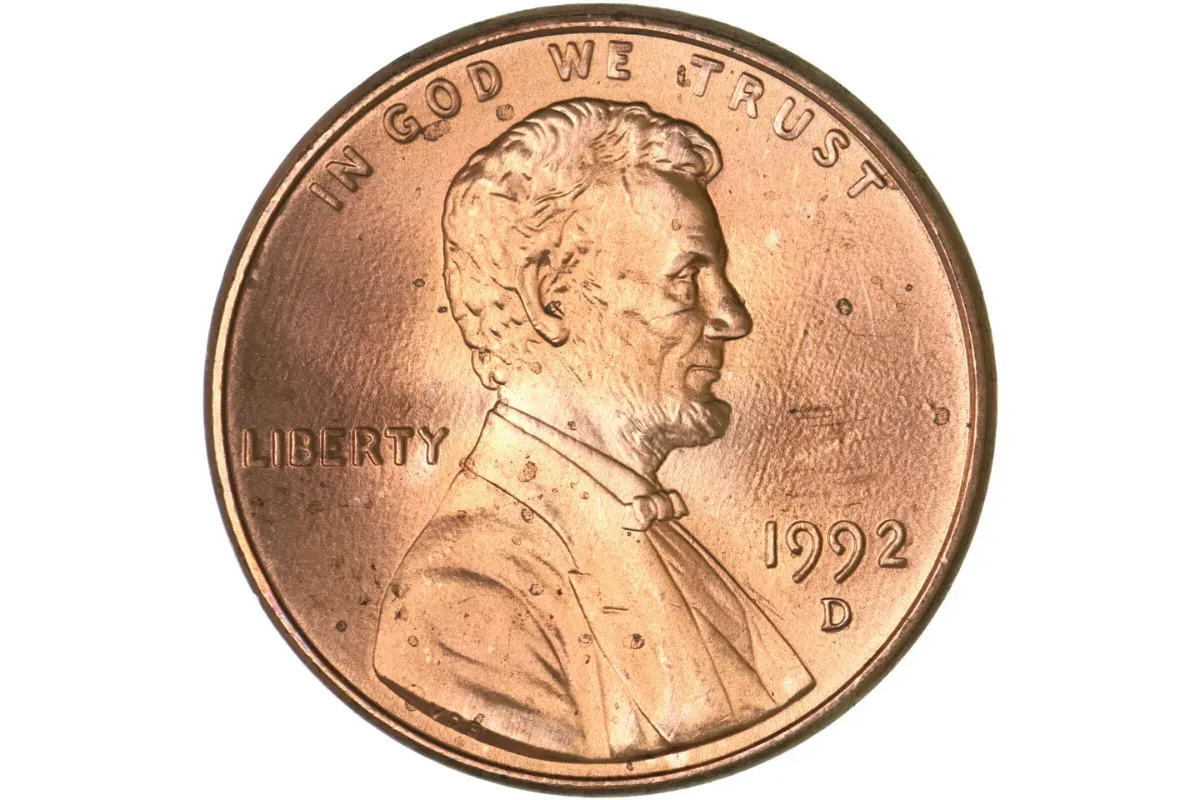In the hustle and bustle of modern life, amidst the concrete jungles and urban landscapes, there exists a growing awareness of the importance of reconnecting with nature.
One crucial aspect of this reconnection is the conservation of pollinators, which play a vital role in our ecosystem and food production.
Creating a pollinator paradise in your own backyard can be both rewarding and beneficial to the environment.
One of the most effective ways to achieve this is by cultivating perennial flowers that attract and sustain these essential creatures.
Understanding Pollinators and Their Importance

Pollinators, such as bees, butterflies, moths, and even some birds and bats, facilitate the reproduction of flowering plants by transferring pollen from one flower to another.
This process is not only crucial for the plants themselves but also for agricultural crops that depend on pollination for fruit and seed production.
According to the Food and Agriculture Organization (FAO), approximately 75% of the world’s food crops depend, at least in part, on pollinators.
However, pollinators face numerous challenges today, including habitat loss, pesticide use, diseases, and climate change.
By providing a supportive environment with a variety of nectar-rich flowers, we can contribute to their conservation while enhancing the beauty of our surroundings.
The Benefits of Perennial Flowers

Perennial flowers are plants that live for more than two years, often returning year after year with minimal maintenance once established.
They are an excellent choice for pollinator gardens due to their longevity and ability to provide a stable food source throughout the seasons.
Unlike annuals, which need to be replanted each year, perennials invest their energy into strong root systems that enable them to survive and thrive for many years.
Another advantage of perennial flowers is their diverse range of colors, shapes, and sizes, which attract a variety of pollinators.
From the delicate blossoms of lavender and bee balm to the bold spikes of lupines and coneflowers, there is a perennial flower suited to every garden style and climate.
Designing Your Pollinator Paradise

Creating a pollinator-friendly garden begins with thoughtful planning and selection of appropriate plants. Here are some key considerations:
Choose Native Plants: Native perennial flowers are adapted to the local climate and soil conditions, making them more resilient and attractive to local pollinators.
Create Diversity: Aim for a mix of flowers that bloom at different times throughout the growing season (spring, summer, and fall). This ensures a continuous supply of nectar and pollen for pollinators.
Provide Shelter: Incorporate a variety of plant heights and structures to offer shelter and nesting sites for pollinators. Shrubs, tall grasses, and small trees can complement your flowerbeds.
Minimize Chemical Use: Avoid pesticides and herbicides that can harm pollinators. Instead, opt for organic gardening practices to maintain a healthy ecosystem.
Water Source: Include a shallow water source, such as a birdbath or small pond, where pollinators can drink and cool off.
Top Perennial Flowers for Pollinators

Here are some perennial flowers known for their attractiveness to pollinators:
Lavender (Lavandula spp.): Loved by bees and butterflies for its fragrant blooms and long flowering period.
Bee Balm (Monarda spp.): Attracts hummingbirds and bees with its vibrant flowers and minty fragrance.
Coneflowers (Echinacea spp.): Provide nectar for butterflies and bees while adding a pop of color to the garden.
Salvia (Salvia spp.): Loved by bees for its long spikes of blue, purple, or red flowers.
Butterfly Bush (Buddleja spp.): As the name suggests, this shrub is a magnet for butterflies with its sweet-scented blooms.
Maintaining Your Pollinator Paradise

Once your pollinator garden is established, maintenance typically involves light pruning, deadheading spent flowers, and dividing overcrowded plants every few years.
This minimal upkeep allows you to enjoy the beauty of your garden while providing a sanctuary for pollinators.
Conclusion
Creating a pollinator paradise with perennial flowers is a fulfilling endeavor that benefits both wildlife and gardeners alike.
By supporting pollinators, we contribute to the health of our environment and ensure the future of food production.
Whether you have a small balcony or a sprawling backyard, every effort counts in preserving these essential creatures.
So, roll up your sleeves, dig in the soil, and watch as your garden blooms into a vibrant oasis buzzing with
life. Let’s cultivate not just gardens, but habitats where pollinators can thrive for generations to come.




